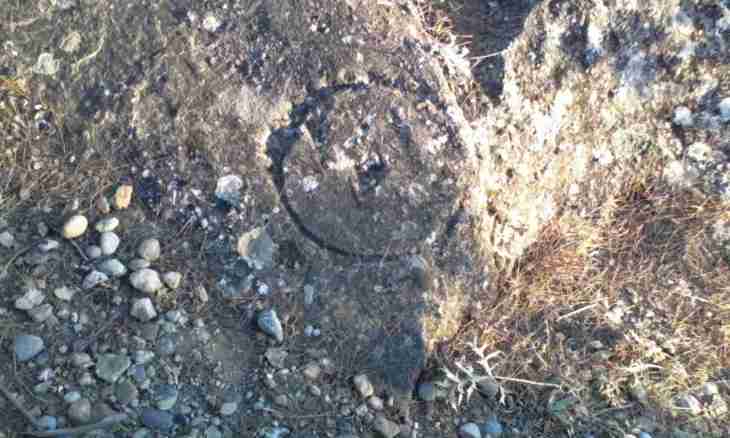There are several types of gas categories. They differ from each other in current density. To define what category before you, special devices are not necessary. It is enough to look at it only.
Instruction
1. In the beginning make sure that the category radiates not too bright light, and in its range there is no ultra-violet radiation at dangerous quantities. If there is at least one of these factors, use the light filters which are specially picked up for such cases. Be afraid also of ozone, defeats by electric current and if you are going to observe the category between the electrodes containing carbon - poisonings with carbon monoxide. Take the appropriate measures of protection against these factors.
2. If before you the short-term categories sometimes repeating the channel of the ionized gas has the form of a thin cord, at each category the crash is heard - the category is spark.
3. If you observe the continuous category between strongly warmed electrodes (sometimes until red and even until white), it takes place with a pressure close to atmospheric, and even exceeding it, draw a conclusion that it is arc. Such category is almost silent, but at food alternating current can hoot. Voltage drop between electrodes can be only several volt, and currents can be measured by hundreds of amperes.
4. Look at a usual fluorescent lamp. Electrodes in it are warmed until red, but them it is not visible because of an intensive luminescence of a phosphor. Issue is thermionic, as in the arc category. Pressure in a flask is lower than atmospheric. Current density in it is rather big, but it is less, than in the arc category. It is intermediate between smoldering and arc.
5. Compare such intermediate "tleyushche-arc" category to usual smoldering. Electrodes at the present smoldering category though are warmed, but not so that their luminescence was noticeable. Their heating is obviously insufficient for emergence of thermionic issue. Pressure in a flask is lower atmospheric, density of current is small, and the channel of the category in some cases is translucent.
6. If you found the weak equal luminescence only at one electrode which is followed by hissing, the phenomenon takes place with an atmospheric pressure, draw a conclusion that the category - crown. It is the only type of the category which does not have negative dynamic resistance therefore not always demanding restriction of current for the purpose of prevention of development into other types of categories. He creates electromagnetic noise in very wide range.
